Selected Projects
High dimensional control with SympNet
We propose a novel neural network method called SympOCNet that applies the Symplectic network to solve high-dimensional optimal control problems with state constraints.
We demonstrate that our proposed method can solve a problem with more than 500 dimensions on a single GPU. The proposed method is scalable and has the potential to solve
truly high-dimensional path planning problems in real-time.
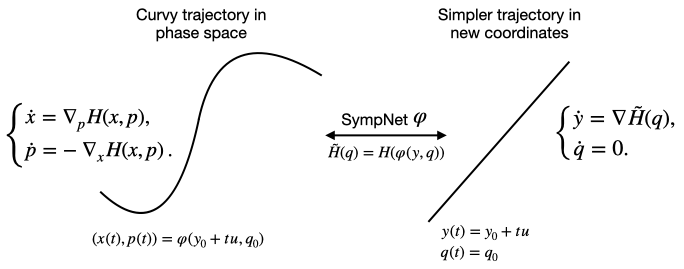
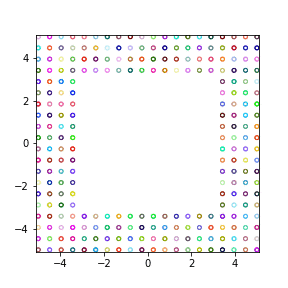
GENERIC formalism informed neural network
We propose the GENERIC formalism informed neural networks, which exactly satisfy the consistency conditions of thermodynamics,
to facilitate prediction of the evolution of complex processes when the exact form of the governing equation is not readily available.
The general equation for non-equilibrium reversible-irreversible coupling (GENERIC) formalism provides a thermodynamically consistent way to characterize the evolutionary structure of molecular systems. It takes the form
$\frac{dz}{dt} = L \frac{\delta E}{\delta z} + M \frac{\delta S}{\delta z}$,
where $E$ and $S$ represent the energy and entropy of the system. $L$ and $M$ are the Poisson and dissipation matrices, which characterize the geometric and dissipation properties of the material in operator form.
We design $L$, $M$, $E$, $S$ as neural networks with specific architectures to satisfy the structure and consistency condition of the formalism.
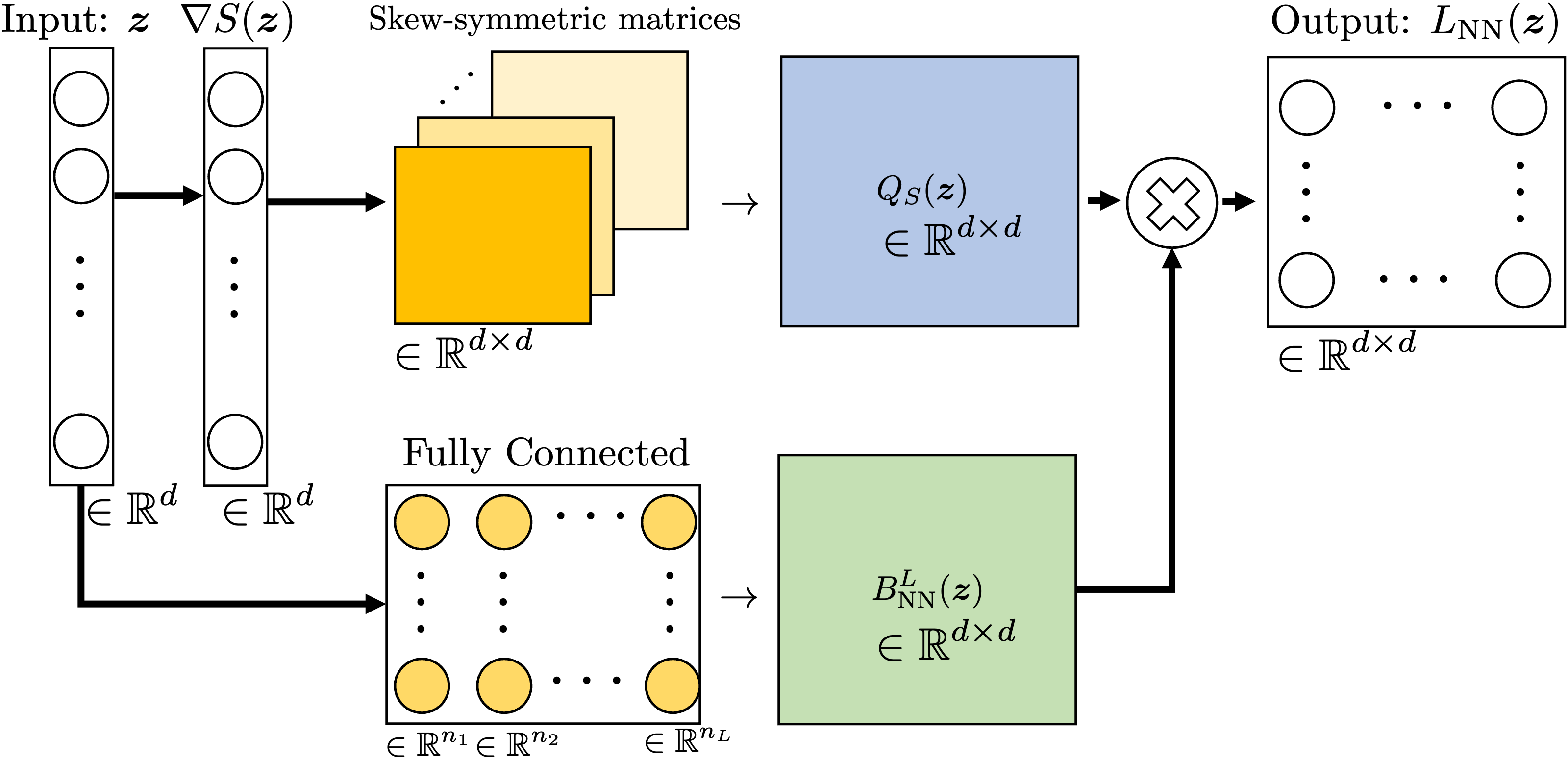
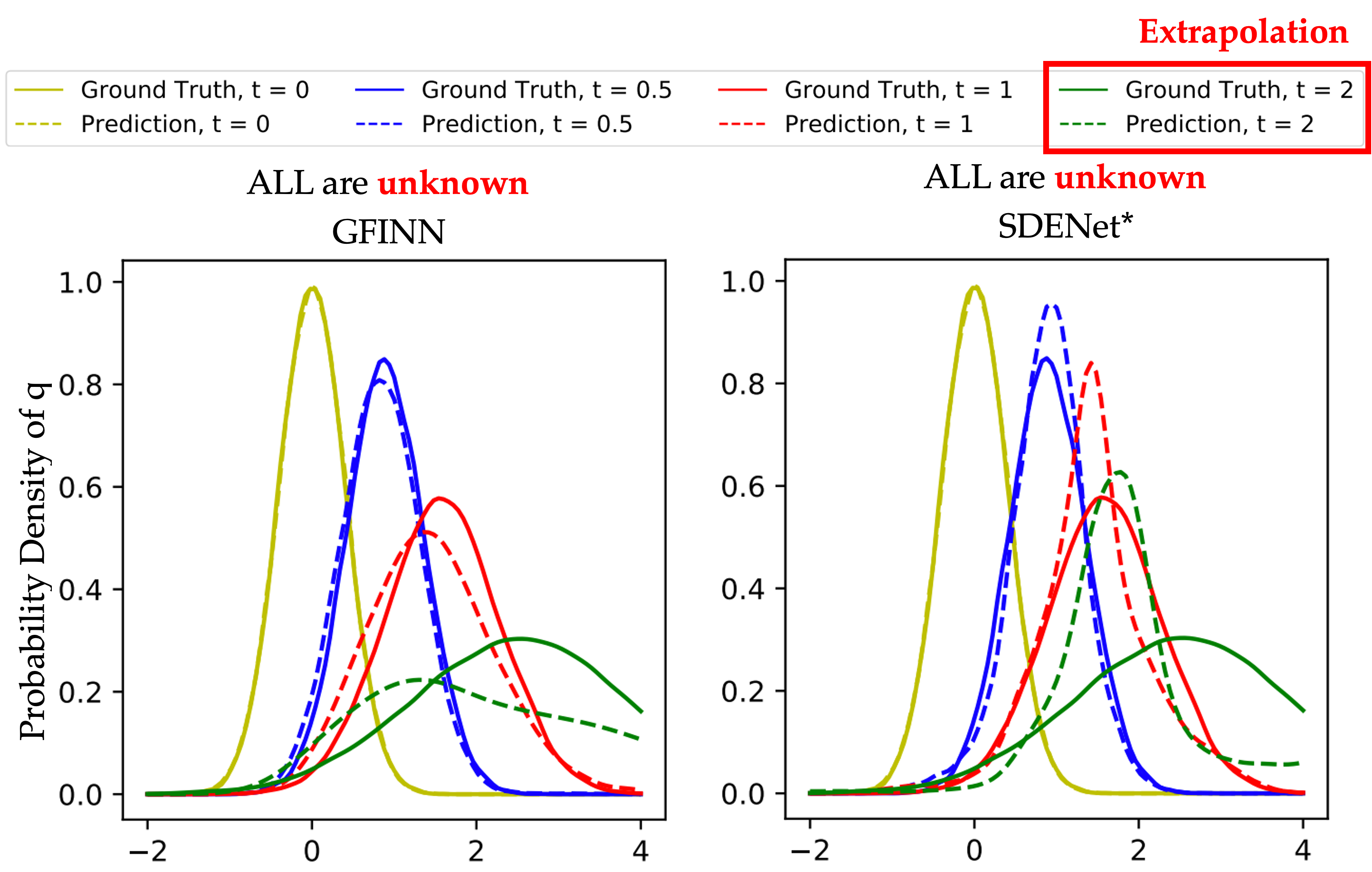
Poisson Neural Networks
We propose the Poisson Neural Networks (PNNs) to learn Poisson system and perform long-time
integration on such systems which can represent a broad class of dynamic motions.
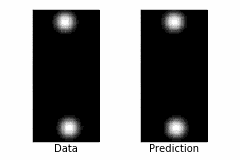
Symplectic Networks
Hamiltonian equations are the governing equations of classical mechanics as well as molecular dynamics. In this project, we proposed the so-called Symplectic Networks(SympNets) to learn the dynamics of arbitrary Hamiltonian equation.
Theorem
If the activation function $\sigma$ is $r$-finite, then the set of SympNets $\Psi$ is $r$-uniformly dense on compacta in $\mathcal{SP}^r(U)$.
Practically, they are able to predict the motion of a pendulum, double pendulum and three body motion using limited amount of data. The algorithm is super efficient in the sense that one only need 14 parameters, to infer the motion of a pendulum using data from less than half period of the motion. SympNets could also have applications in generative modelings.
Parallel version of a GIS algorithm(REU)
I spent a summer in the Joint Institute for Computational Science at UTK and ORNL in year 2016. I proposed a parallel version of the dasymetric mapping algorithm in GIS and implemented it in MPI. The new method effectively improved running efficiency. Check this website for my final report.


